Terminology: BH/BT
Black Hardware, Black Trim. You probably picture the blacked out 1980s/1990s Red, White, and Midnight Blue guitars when you hear that term, but if you want to be technical black trim actually predates white trim, with some of the very first Combo 600 and 800s from 1954 rocking black pickguards and truss rod covers.

Now, those were the Wild West days before the company had a coherent “look” and “design language”—so they don’t really count as “black trim” guitars in this context. By 1962, however, the company had settled into a design language that lasts to this day, and a key part of that language is that white trim comes equipped as standard: white truss rod covers, white pickguards, and white binding where appropriate.
We’ve talked many times about how the early 1970s were a weird time at the Rickenbacker factory. Lots of ideas got thrown at the wall, and lots of specs got changed. And while things had settled down and the final specs were pretty much settled by mid 1973, a new color (White) brought a new look: black trim.
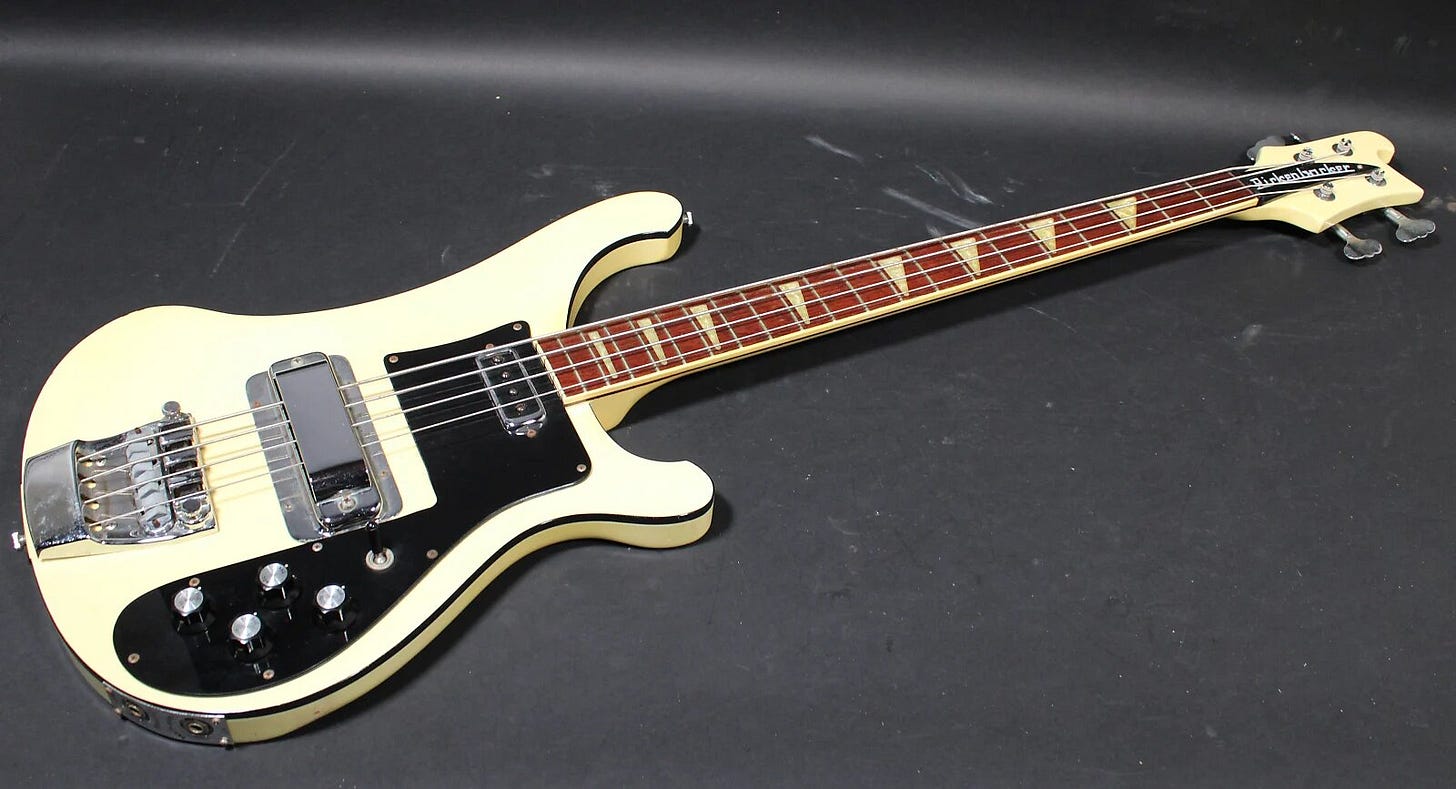
While it would not appear in catalogs or on the price lists until 1975, White 4001 basses hit the shelves in early 1974 with black truss rod covers, black pickguards, and black body binding—but oddly not black neck binding. That stayed white. All that said, this was the beginning of the “Black Trim era”.

While initially only available on the 4000 and 4001 basses, White gradually began appearing on most other models in the product line as the 70s progressed. And just like on the basses, black plastics would be the default on all of these.
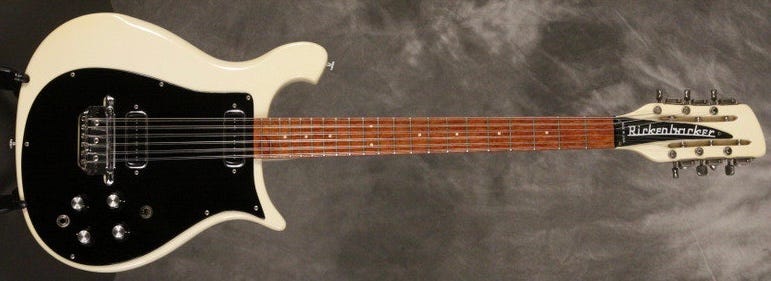
Mapleglo and Walnut/Autumnglo would join the BT party in 1975—default on the 3000 basses and the 430, but optional on other models.
Note that on “Deluxe” bound guitars from this era, like the 360 and 4001, you may see guitars with black pickguards/truss rod covers and white binding. In these cases, the black plastics you see are almost certainly replacement parts—“Black Trim” guitars came with black binding.

And so it would go into the early 1980s. But just as the introduction of White had ushered in the BT era in 1973, a new batch of colors appeared in 1985 and kicked it up a notch, adding black neck binding to the existing formula and, even more dramatically, blacking out the chrome hardware. Thus began the “BH/BT era”—and so ended the “BT era”.

While you can find prototype/pre-production examples from late 1984, Red, Silver, and Midnight Blue would all “officially” join the lineup in 1985 and all would come equipped as standard with black hardware and black trim across ALL models. White and Maplego also joined the “BH/BT as standard” party for 1985. The blackout look could also be ordered as an option on Fireglo, Jetglo, and Ruby guitars—but seldom was.
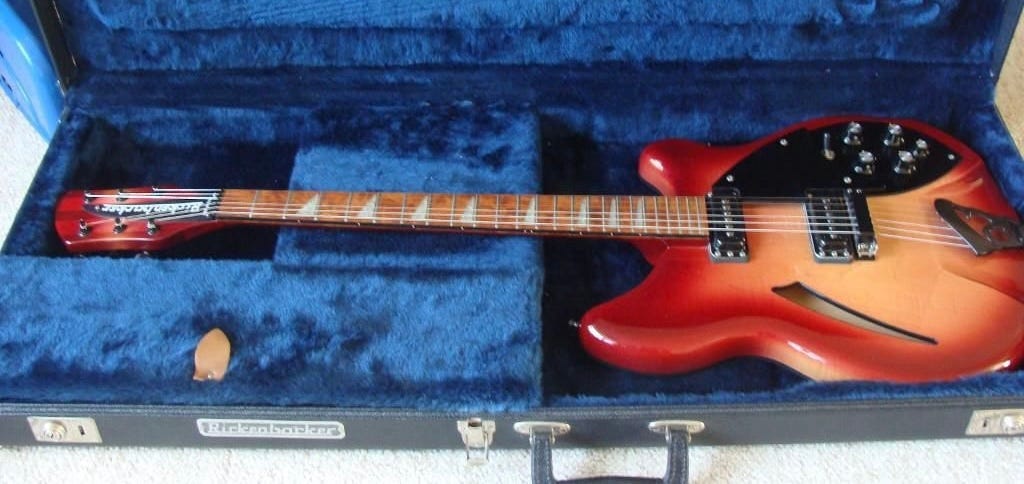
To achieve the blackout look on the hardware, black tuners were sourced and proprietary chrome pieces (bass bridge, “R” tailpiece, pickup mounting surround and cover, guitar bridge cover, pickup housings, strap pins, and serial number plate) were sent out for powder coating. The only proprietary chrome parts to not receive the blackout treatment were the guitar bridges and bass bridge saddle assembly—moving parts with precise tolerances and powder coating just don’t mix. The end product was striking—and very much of the era. “Vintage” chrome parts like Accent tremolos and toaster pickup cases did not make the trip to the powder coater as “vintage/reissue” guitars did not receive the BH/BT treatment.

Here’s an interesting, picky little detail: Schaller had replaced Grover as Rickenbacker’s sole tuner supplier in 1984. But at the time the BH/BT models were introduced, Schaller did not yet offer the M6 Mini tuner (fitted as standard to non-vintage model guitars) in black. So until they did, in early 1986, BH/BT guitars came equipped with black kidney bean Grover Rotomatics—even the 12 strings, which had never before worn kidney bean Grovers.

While price lists would continue to say Mapleglo guitars came standard with BH/BT through 1992, in practice the percentage of guitars thus equipped would drop steadily beginning in 1986.
Silver would drop off the price list in 1989, but Red, White, and Midnight Blue would carry on in BH/BT form through 1998. In 1999 Red and White would fall off the price list, and Midnight Blue would transition to “normal” white trim and chrome hardware. And while the look has certainly been applied to any number of special runs since, the BH/BT “era” was officially over, although a handful would appear here and there into 2000.
Just as BH/BT could be special ordered on other colored guitars during this era, so too could white/chrome be ordered on Red, White, Midnight Blue, and Silver guitars. Given Midnight Blue’s post BH/BT run, they don’t look as “special” today as the other colors do.

It should be noted that the clearcoat used prior to 2010 can amber significantly from UV exposure over time, making bright “White” examples few and far between. Most, like the example above, are creamy today—evenly so, if you’re lucky. Blotchy if not.
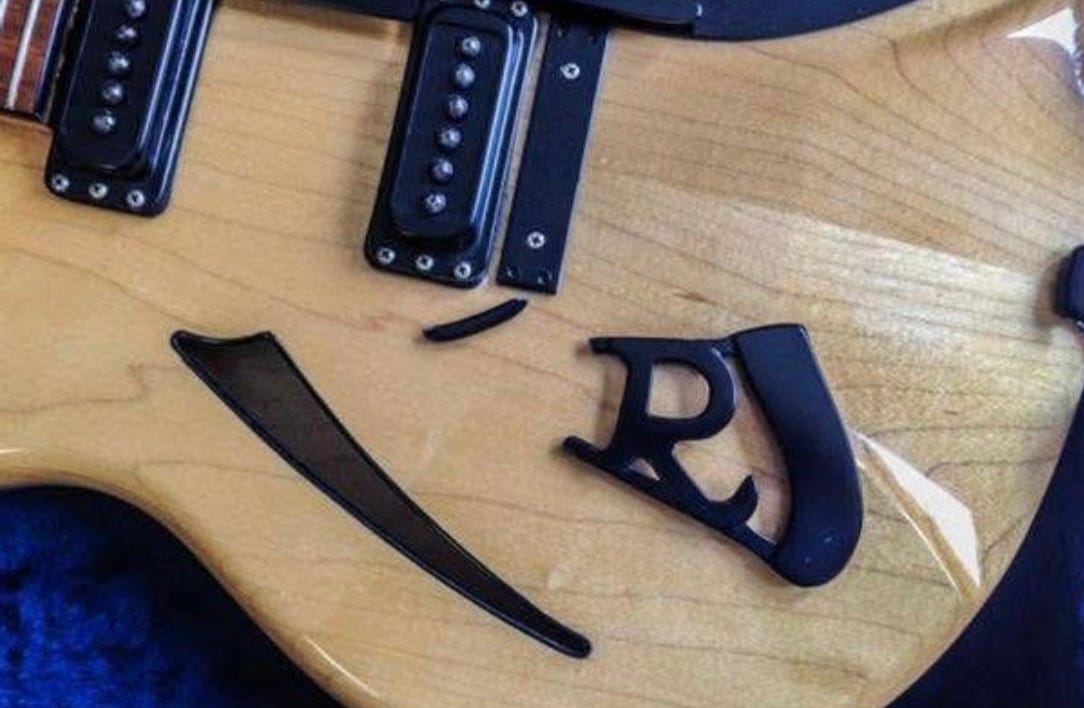
While somewhat apocryphal, there does seem to be some truth to the opinion that “something” in the powder coating process further weakens the “R” tailpieces, with what seems like a disproportionately high number of BH/BT 12-string guitars wearing replacement tailpieces today.
The BT and BH/BT era guitars may look dated today, but I believe that’s more related to the actual colors of the guitars than the blacked out bits. It looks perfectly at home on some more recent special runs like the Noir guitars and the 480XC. As such, we’ll likely continue to see BH/BT elements on special runs, but its days as the default are over.
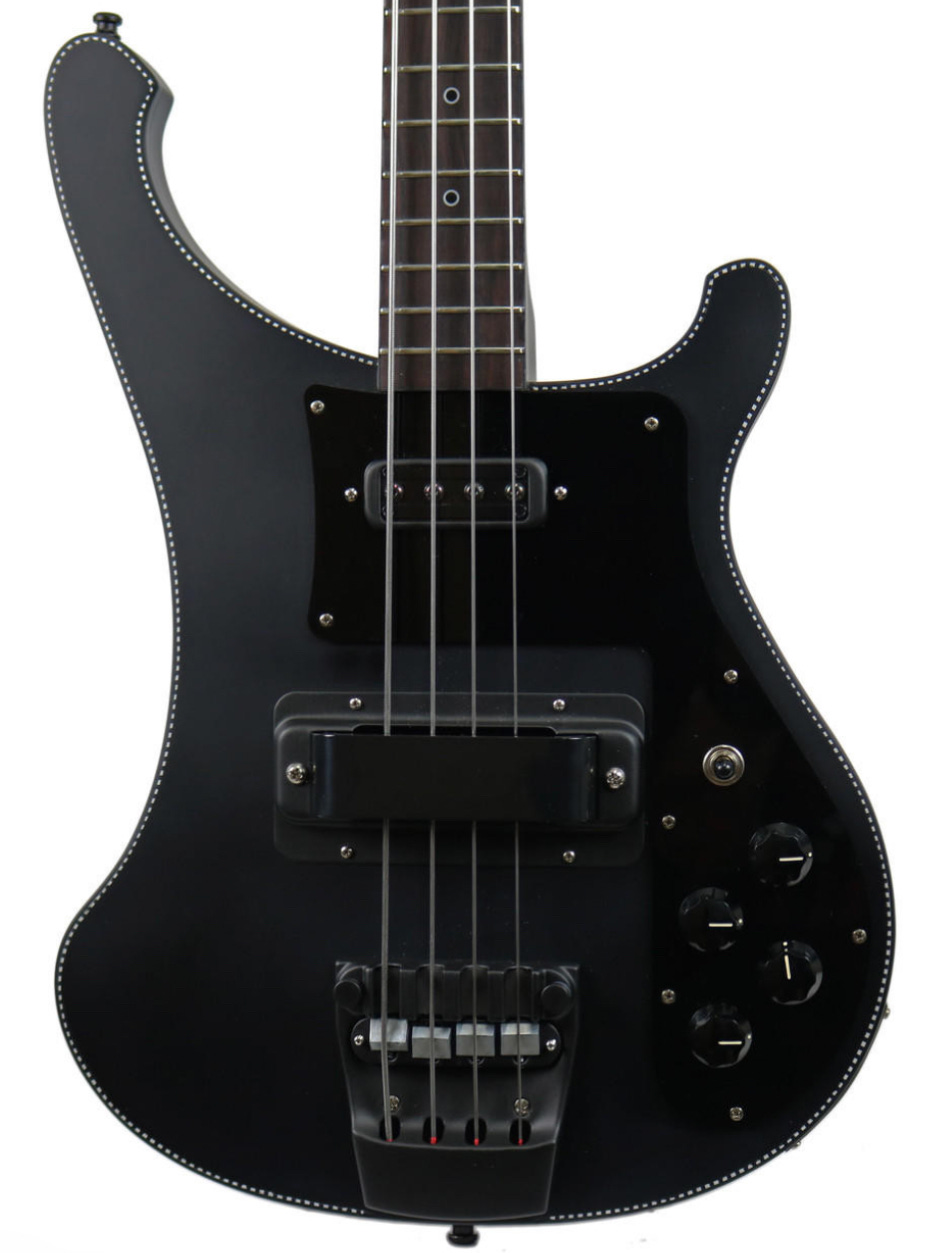
By the numbers, the BT era ran from 1973-1984, and the BH/BT era from 1985-1998.
For more commonly used Rickenbacker lingo, check out the glossary of terms found HERE.


A common replacement for a broken black "R" is the harp TP by Winfield Vintage: https://www.rickresource.com/register/viewitem.php?id=27874
My first Rick was an 87 360 Mapleglo BH/BT. It wasn’t my first choice but it was second hand and only $600 bucks which for an 18 year old was a great deal. Paid it off in 6 months working my part time job while in school.